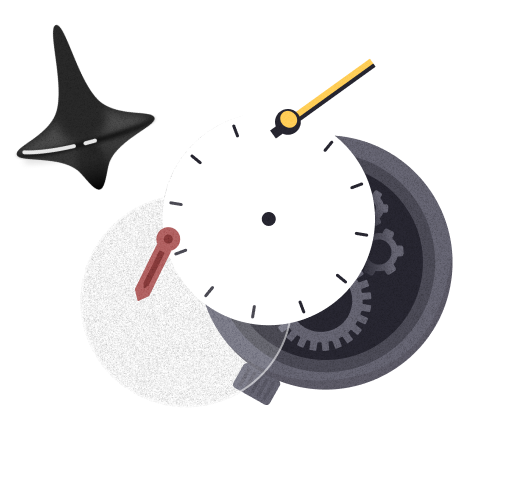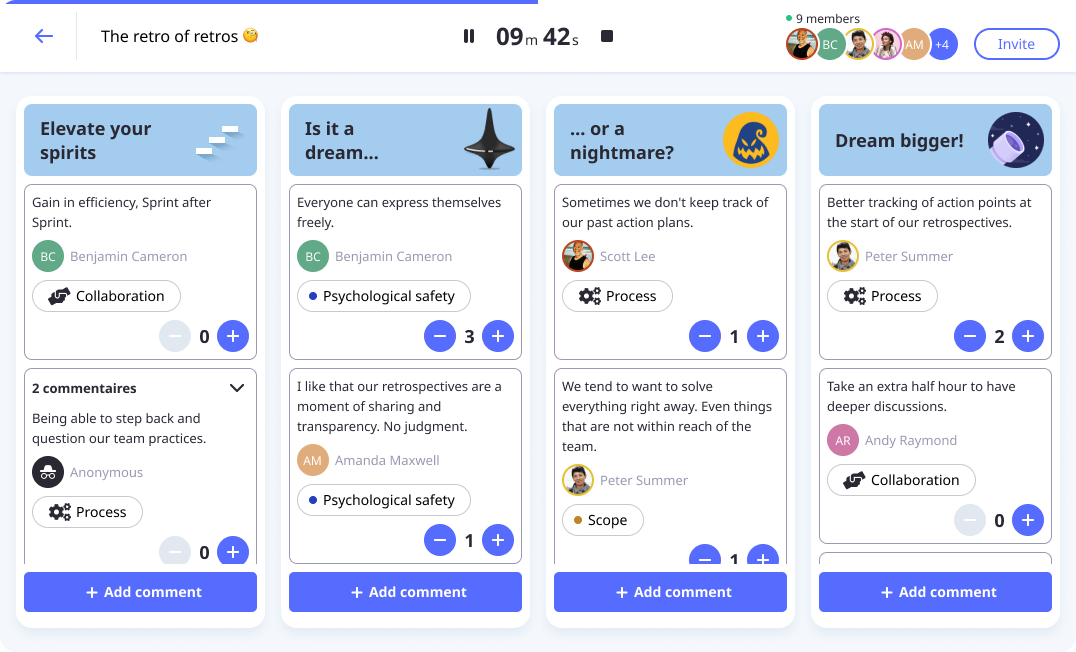Retroception - Retrospective Template


What is the Retroception activity?
By conducting frequent retrospectives, your team fosters a culture of continuous improvement.
But how can we be sure that everyone understands precisely why we have retrospectives?
What is the purpose? What is currently working well in our retrospectives? What bothers us in our retrospectives?
Generally speaking, how could we make our retrospectives more effective and valuable?
The Retroception, also called Retro of Retros, is the ideal activity to gauge the level of effectiveness of your retrospectives.
The 4 elements of the Retroception




Why & when should you use the Retroception retrospective?
We're sure you've noticed it: Retroception is not a retrospective activity like the others.
Retroception is not about retracing the events of your last project or Sprint. Instead, Retroception helps you take a step back and observe how you run your retrospectives.
Since a retrospective is supposed to be a team meeting entirely dedicated to continuous improvement, inspecting the process behind our retrospectives is essential.
So, much like taking your car to the garage occasionally, it's a good idea to conduct a Retroception once in a while to ensure we're heading in the right direction with our retrospectives.
See the Retroception as a complete audit of the practices of your retrospectives, with elements that work well, challenges that might need to be discussed, and suggestions to improve this team ritual.
If you frequently run retrospectives with the same team (e,g, Sprint retrospectives), we recommend that you perform one or two Retroception(s) per year. However, you could have more activities of this kind if your team composition changes through the year.
Friendly advice: remember that the perception of a team's continuous improvement culture differs from one individual to another.
By frequently realigning each team member with the why of your retrospectives, you will help your teammates seize the full value of this team meeting.




